PORTUGUESE KNOW-HOW
The cork oak, or Quercus Suber, is a unique tree species. Indeed, it is harvested for its bark (which provides the cork) that has the ability to regenerate once extracted.
Its bark is collected directly from the trunk every 9 years at the earliest. Not a single tree is felled to harvest cork, it is one of the most environmentally friendly harvesting processes in the world.
RESPECT FOR TRADITIONS
This job requires considerable skill: even the hatchets are designed specifically for this purpose. This ancestral process is carried out by experts called “descortiçadores”. They can harvest nearly 600 kg of cork per day.
This results in an industry that is unique in the world, using an environmentally sustainable process that blends centuries-old tradition with the most modern practices.



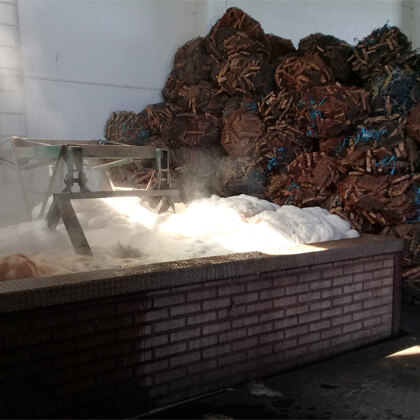
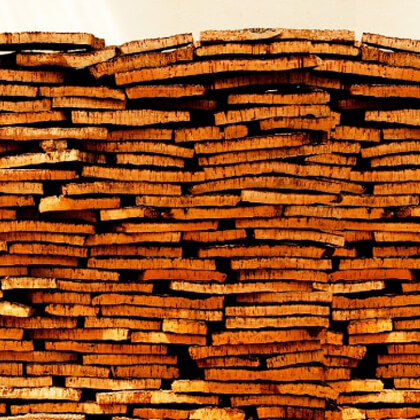

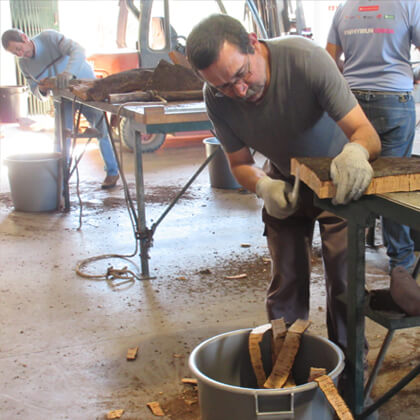

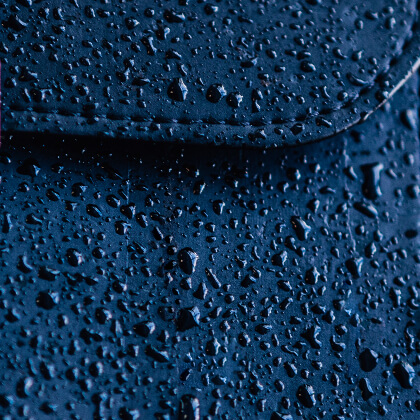
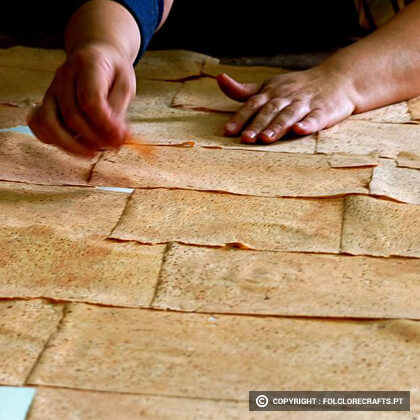

 Français
Français